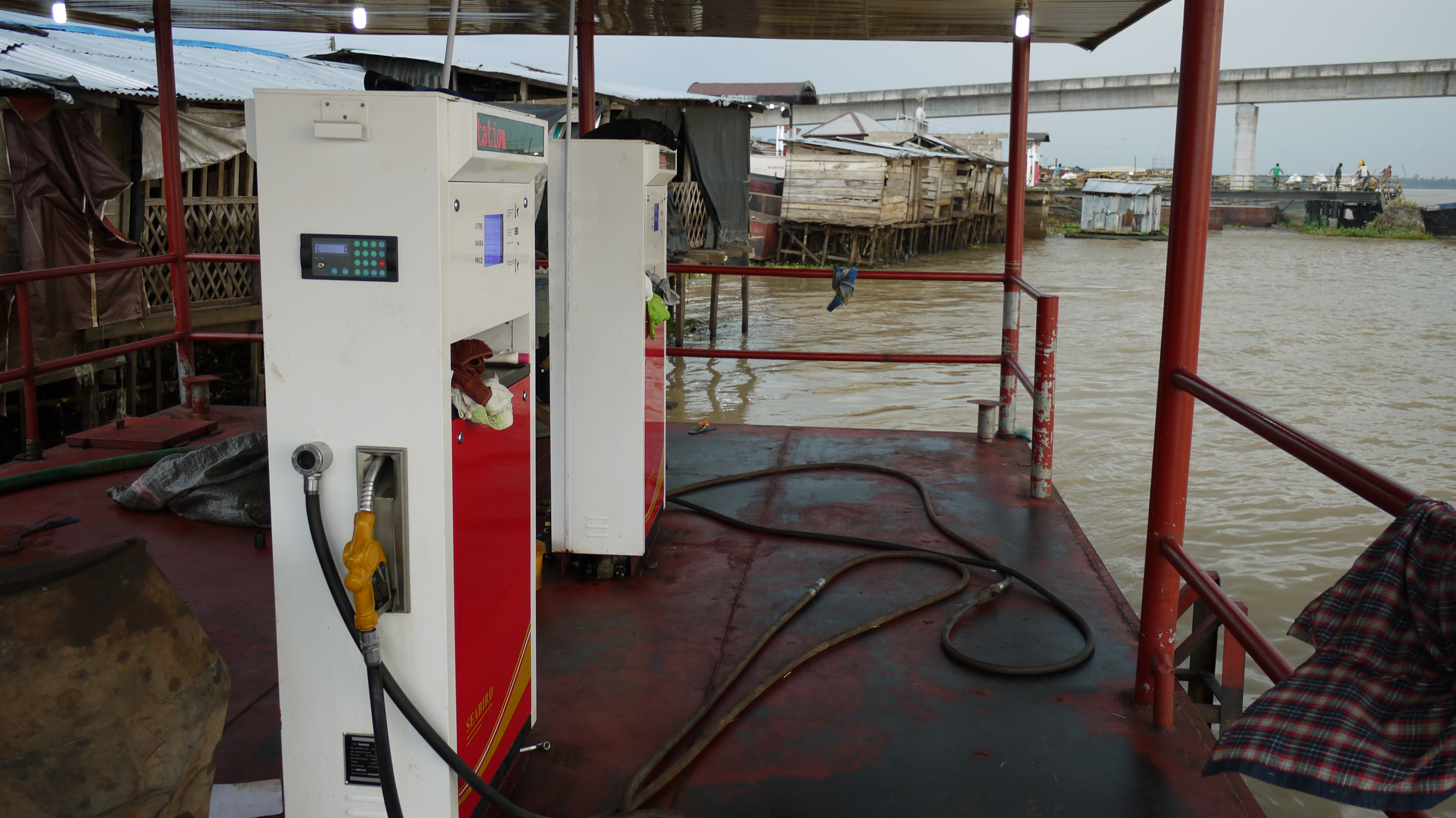As Zimbabwe heads to the polls, Bhekinkosi Ngubeni assesses Zanu PF’s indigenisation policy.
As Zimbabwe heads for an election on 31 July, there is a huge focus on the party manifestos. Of particular interest is the indigenisation policy, the core of the Zanu PF manifesto, a policy that requires foreign direct investors worth over US$ 500,000 to cede 51% of their holding to the state.

To mildly unpack the argument, the MDC-T reckons indigenisation is ultimately reckless, damaging and counterproductive to the economic development of the country. The ruling party’s position insists on an inward-looking Zimbabwe that is not occupied by outsiders, one that is proud and relatively endogenous within its economic activity.
The note formulates a policy “scorecard” that not only considers economic growth ramifications but integrates socio-economic implications through a set of measurements that directly encompass and address key issues such as poverty alleviation, community engagement, employee welfare, demographic challenges, government spending and foreign investor relations within the contemporary face of indigenisation.
On the surface, the economic appeal of the purported US$ 4 billion welfare indigenisation cannot be denied. In any case, some form of colonial compensation is rightfully due. However, despite all the speculation surrounding indigenisation, it is difficult to demonstrate, in empirical fashion, whether the country will lose its commercial appeal to external investors, or if, in actual fact, such policy counterbalances the relationship between the Foreign Direct Investors (FDI) and Less Developed Countries (LDC) into a mutual and reciprocal affair.
In as much as the policy has its own benefits outside the material base, this note explores the cost benefit analyses in a strict economic sense. To fully illustrate the effects of indigenisation, we have isolated every aspect of the open economy into independent modules and looked at them individually.
Consumption and Indigenisation
Consumption indicates expenditure by the personal sector (households). Zimbabwe’s circular flow of income, like many African countries, is severely disabled by the repatriation of funds by investors. Profits are spent outside the country. Indigenisation has aggressively stemmed the repatriation gap and the money supply vacuum that follows. The 51/49 split means the benefits can now be “consumed” within the country boosting demand in the process.
In a comparative sense, workers in mining towns with similar demographics in the region such as Chingola in Zambia average US$2.425.00 while Tete town in Mozambique averages US$3.295.00 per annum in the mining sector. The direct income household boost for benefiting employees is overwhelmingly self evident taking the above into consideration.
A frequently asked question is “how will I gain if I am not employed by a multinational firm. The answer to that is relatively simple. The money from the process eventually “leaks out” of the region and “ripples” through to all parts of the economy. The total economic impact is the combination of the direct impact and the indirect economic impact, so in as much as one may feel disconnected from the immediate sharing of the proceeds, as the process unfolds, the entire populace necessarily profits.
Using the Mimosa Mine case study, the infographic below illuminates the snowball effect and illustrates the aggregate gain motion.
Policy as leveling or tilting the playing field
Following the above illustration we can deduce the following inequality implications within Zimbabwe and its regional counterpart South Africa. Below is a gini co-efficient comparative analysis on a regional scale between South Africa and Zimbabwe.
The graph denotes a time series comparison using year 2000 as a base year. South Africa forecast values based on weighted average. Similar weighting applies to Zimbabwe although certain income mobility policy considerations are factored into the current equilibrium in estimating future values. As demonstrated above, it is highly likely that by end of 2015 Zimbabwe may record the lowest ever gini coefficient since Rhodesian (colonial) times. Should the policy meet its goals, the country should progressively lead the SADC region in limiting the inequalities of income as a direct result of the redistributive policy.
Investment and Indigenisation
Within FDI interests, there is the question of the government indirectly crowding out investors. For instance, companies that do not employ any primary resource or rude produce in their endeavours have reservations about the process, arguing that the reasons behind the policy are not valid. They bring all else apart from labour, compensate the human resource through wages. Why then should they have to further part with 51% if no rude produce is utilised?
Against that backdrop, there has been a distinct drop in new investment. FDI monitors found that there was a 57% decrease in new inflows since the policy was legislated. The bulk of Zimbabwe’s national priority projects set out to be achieved between 2010 and 2015 such as Chisumbanje ethanol plant and Nyamapanda-Changara-Moatize road upgrade are yet to take off. Existing firms have not necessarily left Zimbabwe. It could well be the case that some companies are managing their positions and seeing out the rest of their short term operational objectives before exiting. The debate is however dismissed by those in support of the policy who claim the east can offset the resulting imbalances.
The investment debate is infinite and requires more careful study. The economic base is still overwhelmingly in an embryonic growth stage. That coupled with the challenges of defining processes and finding balance within a superstructure is littered with all kinds of teething issues. As assumed above, the rate of overall foreign investment in Zimbabwe will continue to decelerate, should untamed asset capture persist. Only when the three strategic sectors namely agriculture, industry and foreign trade fully consolidate and merge into a cohesive unison can Zimbabwe start to “innovatively” explore tentative redistributive measures.
Government and Indigenisation
Indigenisation, applied inclusively, supports Zimbabwe’s current stop-go cycle in terms of expenditure policy. This has to be the case as the country’s dollarisation means they are unable to use monetary policy as an additional instrument. The state has significantly increased its ability to finance and manipulate output either up and down to achieve internal balance, then external balance then internal balance and so forth.
For example, the Government is already putting to use the projected US$4 billion additional finance. An official spokesperson said recently, “We want to take over these dormant companies and indigensze them so that people can go back to work, so that the youths can be empowered.” He went on to say the revival of 80 companies that have closed shop in Bulawayo in recent years is almost complete and the state could possibly regenerate 20,000 jobs. This is a direct result of Empowerment Fund filtering to all sectors of the economy creating the much needed jobs.
Indigenisation and Exports/Imports
A constant problem within the Zimbabwean economy is the seemingly permanently negative balance of payments, that is, more imports than exports. An indirect hit in terms of productivity efficiency gains and ultimately more exports has been facilitated by indigenisation. In theory, this should help balance the payments.
Employees naturally put in what satisfies their maintenance. ’They labour as little as possible once their personal subsistence threshold is reached. Within the indigenisation context, we found an increased employee input only if they are allocated a stake in the company. A significant number of indigenised firms are reporting increased labour productivity.
Shared ownership in essence can evoke some sort of productivity bargaining. Employees unconsciously make more efficient use of labour time as they have a vested interest in the business. In other words, more effort or more effective effort is put in at the workplace. Increases in output are then observed without necessarily improving the quantity of an input (e.g. labour, capital) with all other inputs remaining constant. We might see a similar translation within Zimbabwe’s context in the near future.
As noted above, the process and all of its controversies does not mean it lacks merit. The means might be questioned but personally I cannot fault the end. Africa could learn a thing or two from the indigenisation policy and possibly embrace the idea on a continental scale. A full 6000 word study of the abstract above is available on request. Should anyone be interested in a more detailed insight of the process and its implications please email me.
Bhekinkosi Ngubeni is a qualified economist, email him on bheki213@yahoo.co.uk








This article assumes that post-indigenisation, seized companies will maintain their net-worth and this is highly unlikely.
Post-indigenisation…you got that right….seized companies is a wrong term, it is a partnership